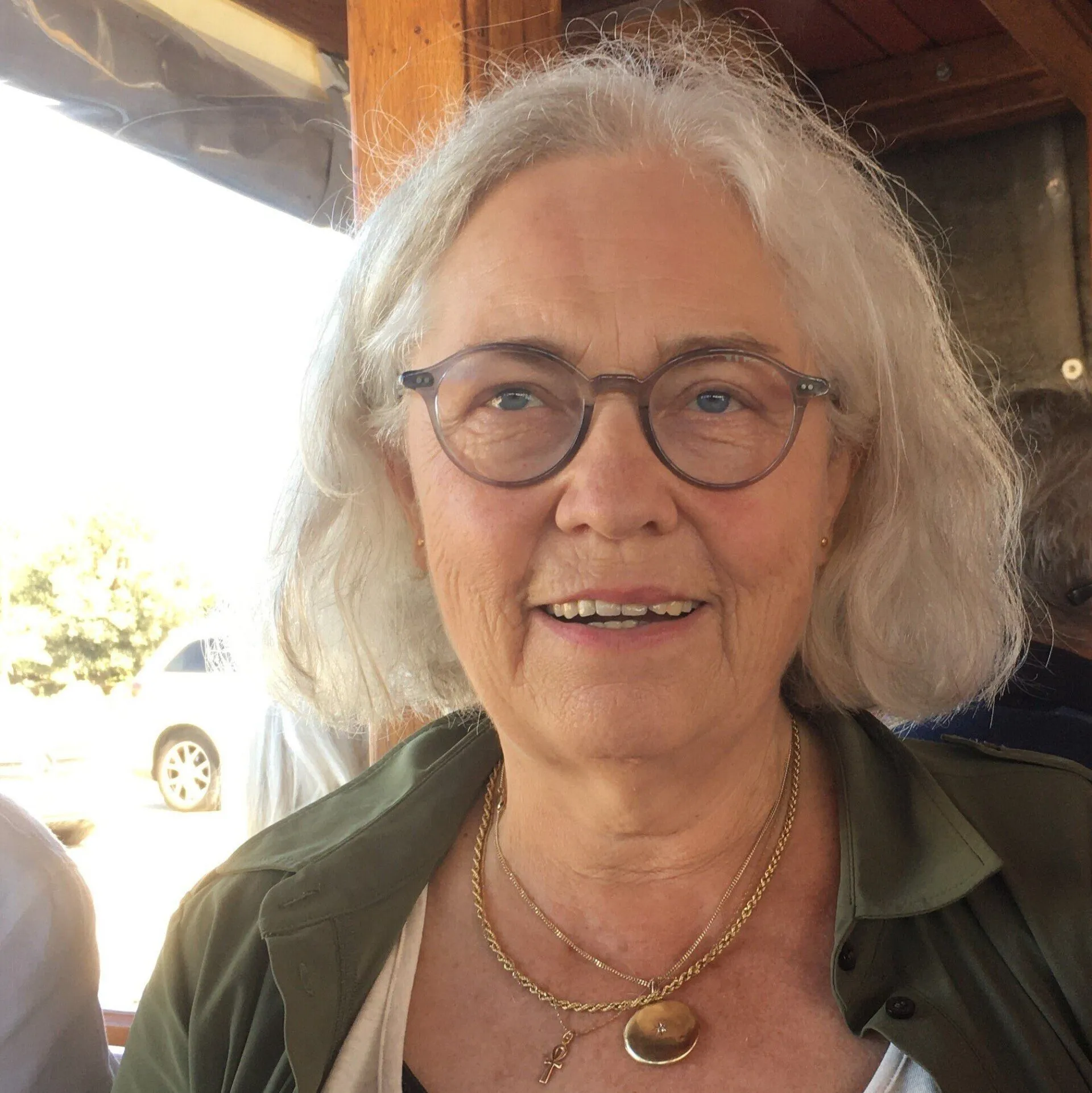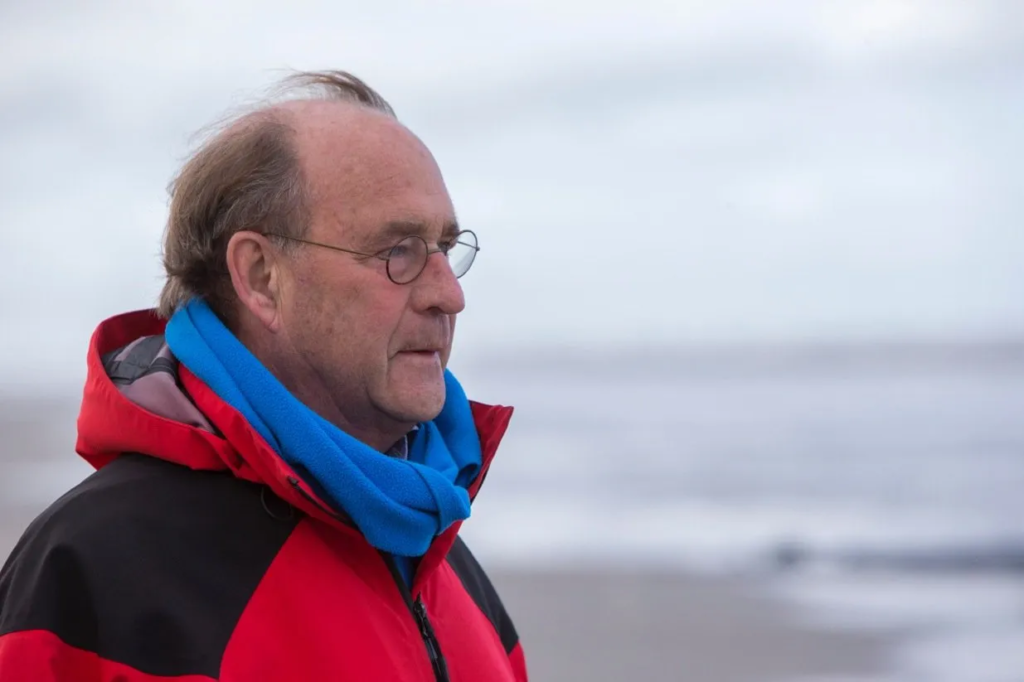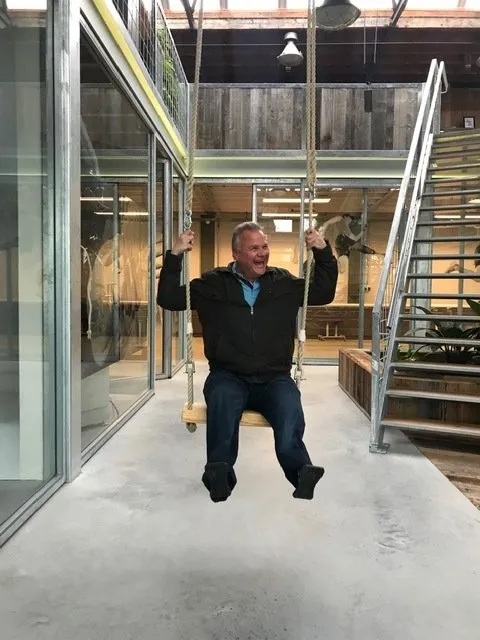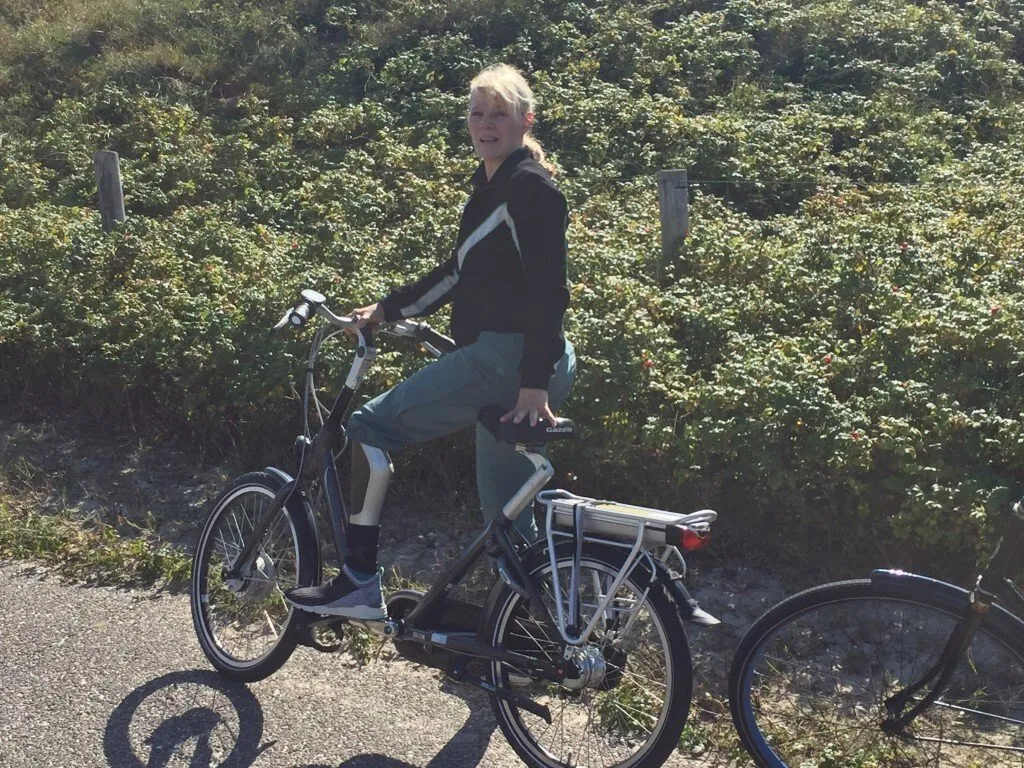Augusta’s story
My instrument maker, who I really liked, retired. He worked at a workplace far from where I live and I had the choice: go to a colleague of his or take this opportunity to look for an instrument workplace closer. On the gamble, I actually called De Hoogstraat Orthopedietechniek and asked if I could speak to someone from the management.

Could you contact us quickly?
I got on the phone with the director, Marcel Conradi, who suggested that I go to the location that same day could come to Amsterdam. I found that very fast and pleasant. I thought it was a special location with a beautiful industrial design.
How did the first contact go?
The director saw and spoke to me that same day. That was a nice meeting. He is knowledgeable and was of course also very proud of the location in Amsterdam. The conversation went smoothly and my case was carefully looked at, he stayed with it that afternoon and was also present during the fitting. He didn’t foresee any problem, where I did see that myself, I have a difficult skin that quickly gives problems. I think that as a client you should clearly indicate what is going on and then you just hope that people listen carefully. My prosthesis really needed to be replaced and the prosthetists present carefully examined my gait pattern. In addition to Marcel, a young instrument maker and a running coach were also present.
‘They try their best, take all the time for you and are incredibly nice’
What happened next?
An appointment is immediately scheduled to make a new tube. That measuring process went in a different way than I was used to; with synthetic resin instead of plaster. I loved it at first, it all went differently and quickly and such a tube looks very nice, black and with a nice soft edge. Of course you always have to wait and see what such a tube does in the long term, because you only know what you have when you walk with it for a while. I walk well with it, absolutely, but at the moment the skin problem is playing tricks on me again.
What do you do about skin problems yourself?
My instrument maker gave me a jar of honey ointment and I also use skin firming ointment. I often have welts on my leg and before going to bed I put ointment on clean washed skin. Incidentally, a new liner always pulls very strongly on your skin.
What did you think of our service?
Very good. I have seen three young instrument makers. The fitting was done together by two instrument makers. One of them also wears a prosthesis, of course I didn’t like that for him, but it was nice for the way of communicating. You notice that he knows what he is talking about. There was full attention, the prosthesis was immediately properly aligned. They do their very best, take all the time for you and are incredibly nice. After fitting, a gait analysis was also made of my gait. That was carefully looked at. I walk upright and well. It’s not because of my gait and my strength. Even the movement coach, who was also present, couldn’t fault my way of walking. I can only say that so far I have received a very friendly welcome and that efforts are being made to do it right. I think it’s a top notch company.
Can we also learn something from you?
Certainly with the aging client, other problems will arise; I think it is important that instrument makers take this into account. The skin generally becomes somewhat thinner, the bones protrude a little more as a result. This determines the shape of the tube. In this area, listen carefully to the user of the prosthesis, who knows how things feel. I have no criticism so far. I know myself that I am a critical person, but so far I only see people who try very hard. Good materials are used and it is nice that you can come into contact with an instrument maker who also wears a prosthesis.




